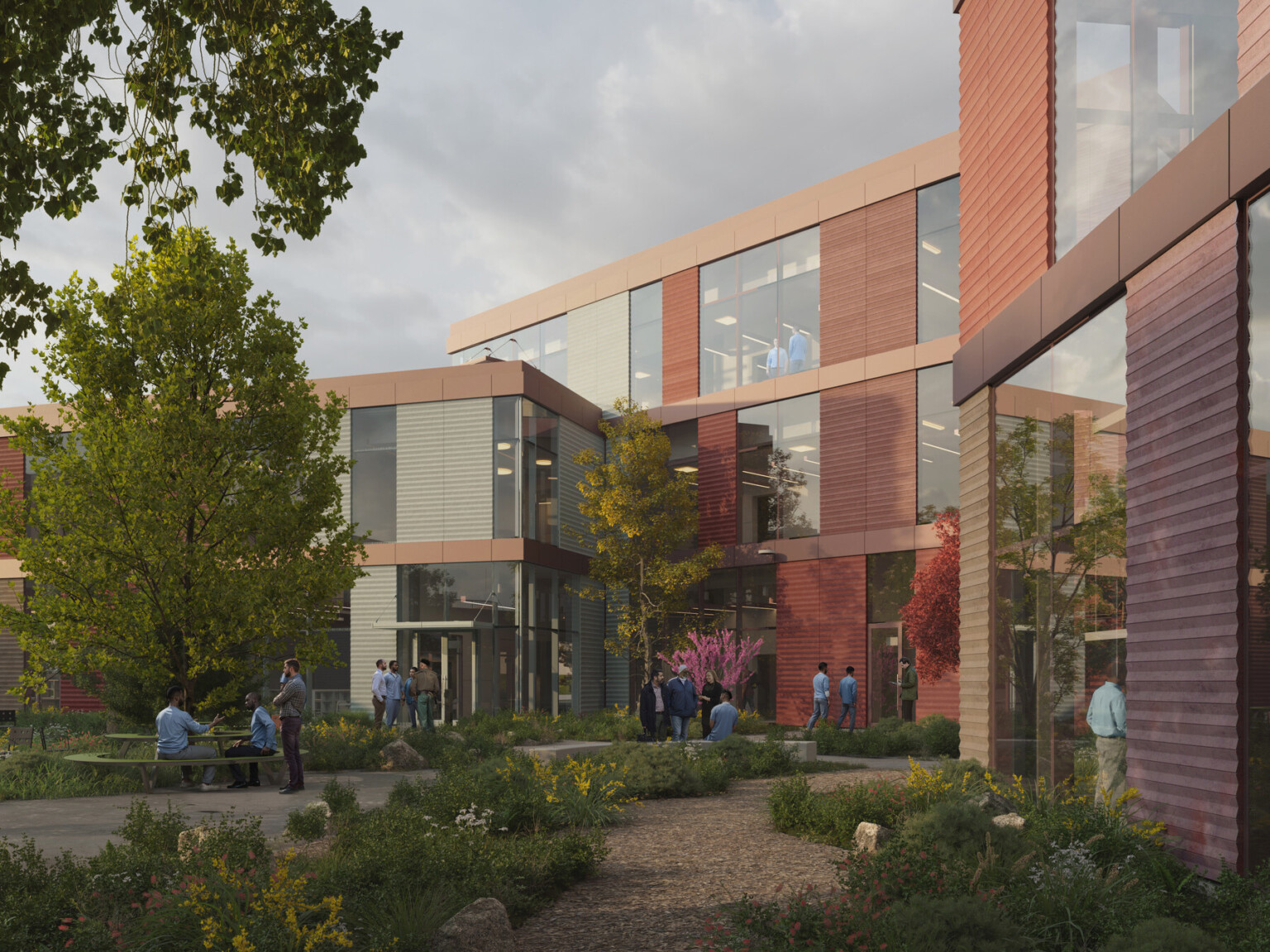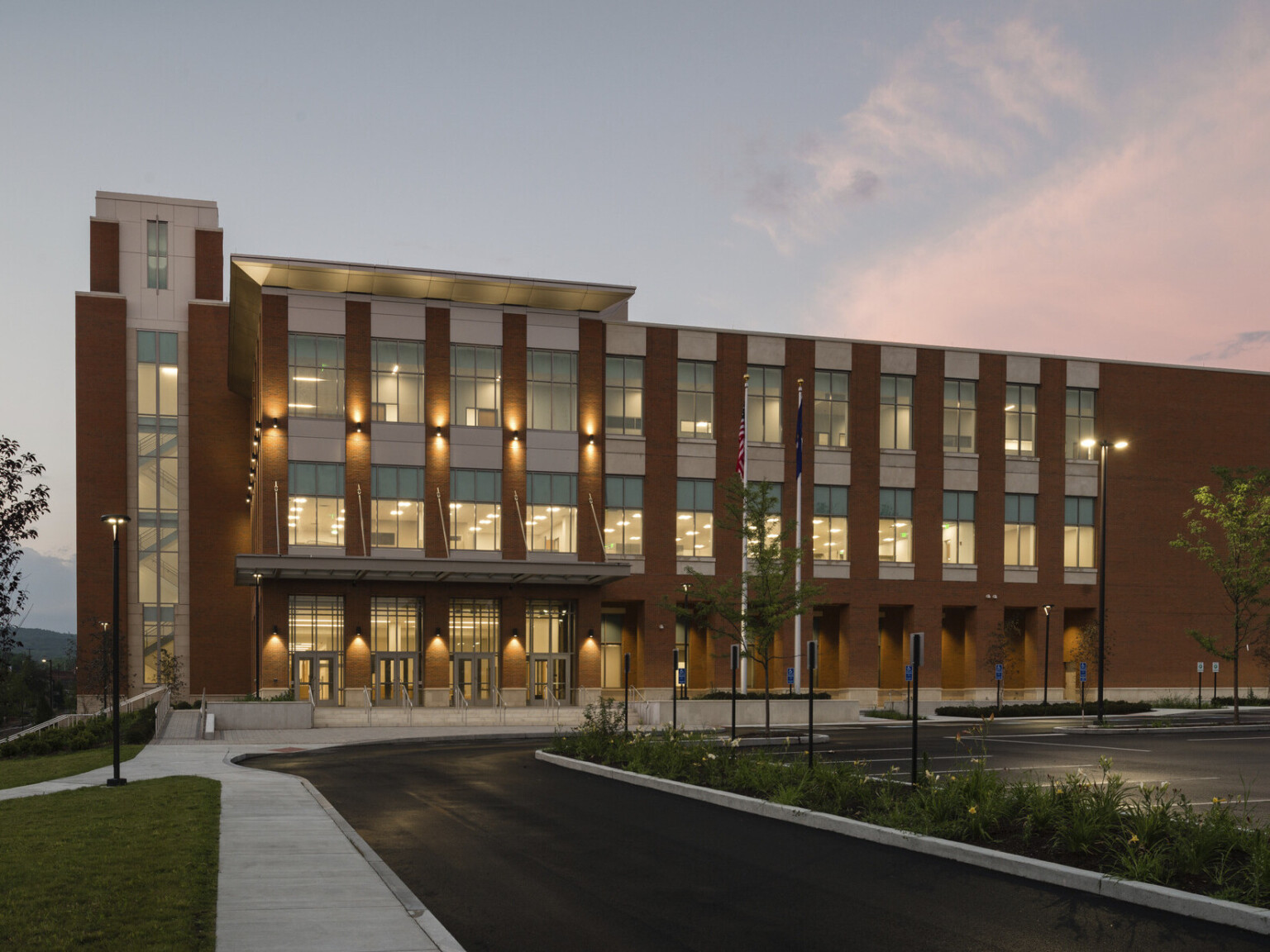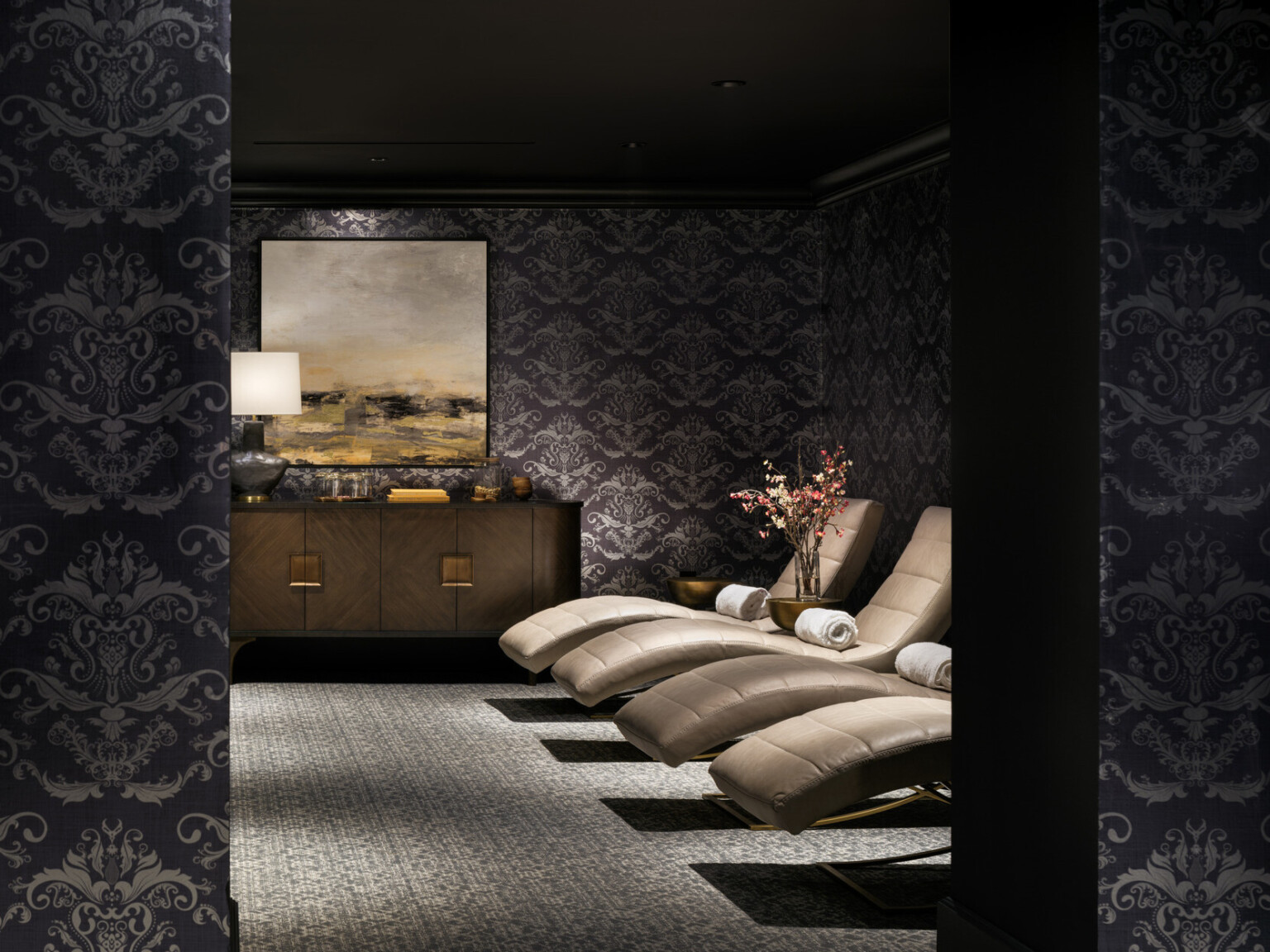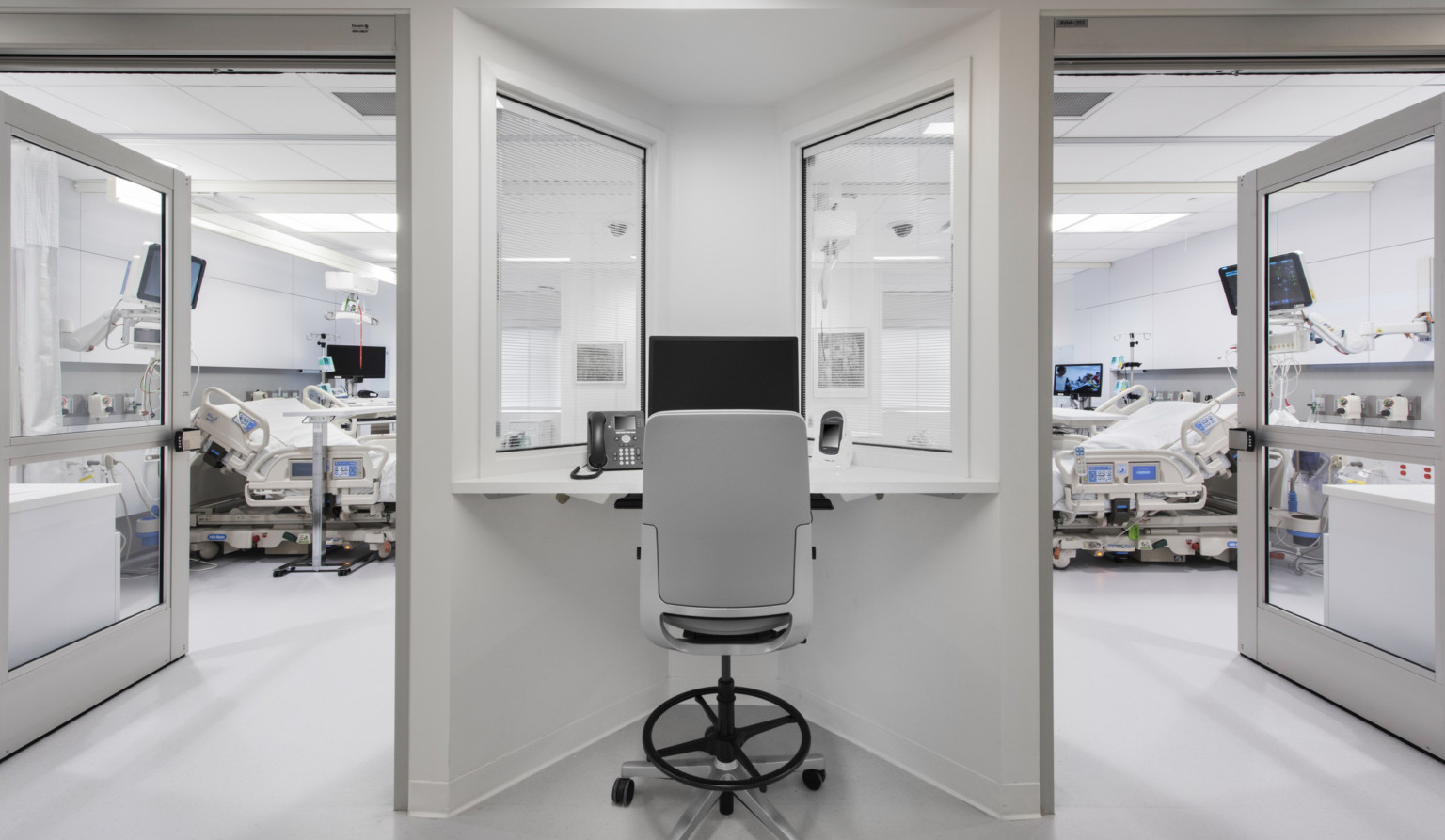
Four Tips for Designing the Hospital of the Future

At the outset of the Cleveland Clinic Avon Inpatient Bed Tower project, our designers were challenged with the goal of creating the “Hospital of the Future.” But what exactly is the hospital of future? Or more specifically, what is the future of healthcare design? The answer to these questions would not come from a group of architects and engineers in a conference room. The answer would instead come from a deep understanding of the needs of the patients and providers who occupy the building through the use of an evidence-based design approach.
What does it mean to have an EBD approach? For the Avon Bed Tower project, it meant enlisting insight from a variety of stakeholders with a variety of experiences and expertise. One of our first steps was to broaden our team to include a PhD researcher who helped us define two key ideas; which questions we should ask, and how to integrate an EBD approach into a fast-track design delivery process. We brought in enterprise leaders, and engaged in visioning sessions throughout each stage of the project to flesh out ideas and work through challenges.
What resulted from this (somewhat) unconventional approach is a new 225,000-SF inpatient bed tower that leverages flexibility and technology to deliver to patients and providers a truly exceptional facility. Within each room, for example, the patient can conveniently control lighting and temperature, as well as personal information systems through an interactive television. The judicious use of acoustic treatments and enclosures of the interdisciplinary work stations creates a quiet patient environment, while an acuity-adaptable room is configured within the same module to address intensive care requirements. These are just a few of the many instances where our evidence-based approach led to designs that make life easier for hospital users.
So, how did we get there? Below are four key takeaways our team gained from our collaborative evidence-based design for this hospital of the future.
Take Time to Develop Your Value Proposition
A value proposition is, in essence, a promise of what we will deliver to our clients. More than this, the value proposition is an idea, couched in broad-based, independent accreditation of a concept. When executed, it should provide positive improvements for patients, caregivers, and operations, while also keeping the facility’s return on investment in mind. Our value proposition for the Avon Bed Tower was rooted in the Cleveland Clinic’s strong investment in research, and our design approach reflected this emphasis. We took time to study our patient room mock-up, adding and removing elements to create a final design that would improve the hospital’s daily operations, enhance the patient experience, and save the client money in the long-term.
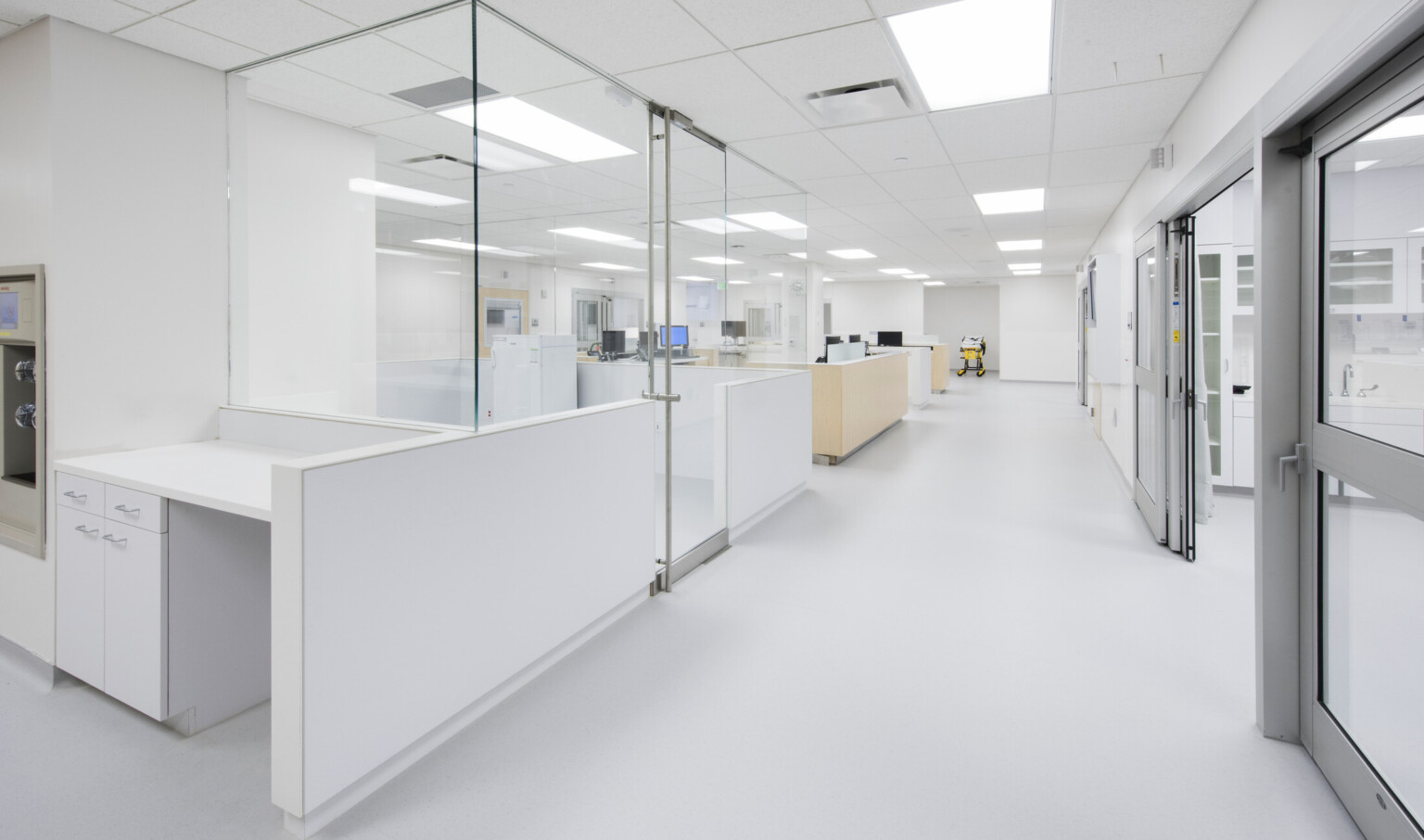
Do Your Research
However well-meaning, prepared, and equipped any team may be, the challenge of validating a new approach can be a difficult one. One way to overcome this challenge is to leverage the large body of evidence-based design research. In our work on the Avon Bed Tower, scientific literature research provided assessment, validation of relevance, and possible applications on key topics. Meta-synthesis agglomerates data from scientific studies and real project parameters such as organizational culture, site, budget, and schedule. It is a process that enables design researchers to identify a specific research question and then search for, select, appraise, summarize, and combine scientific evidence and project parameters to address the research question. This exercise worked to dispel opinions, and confirmed best practices and theories that ultimately helped guide our design.
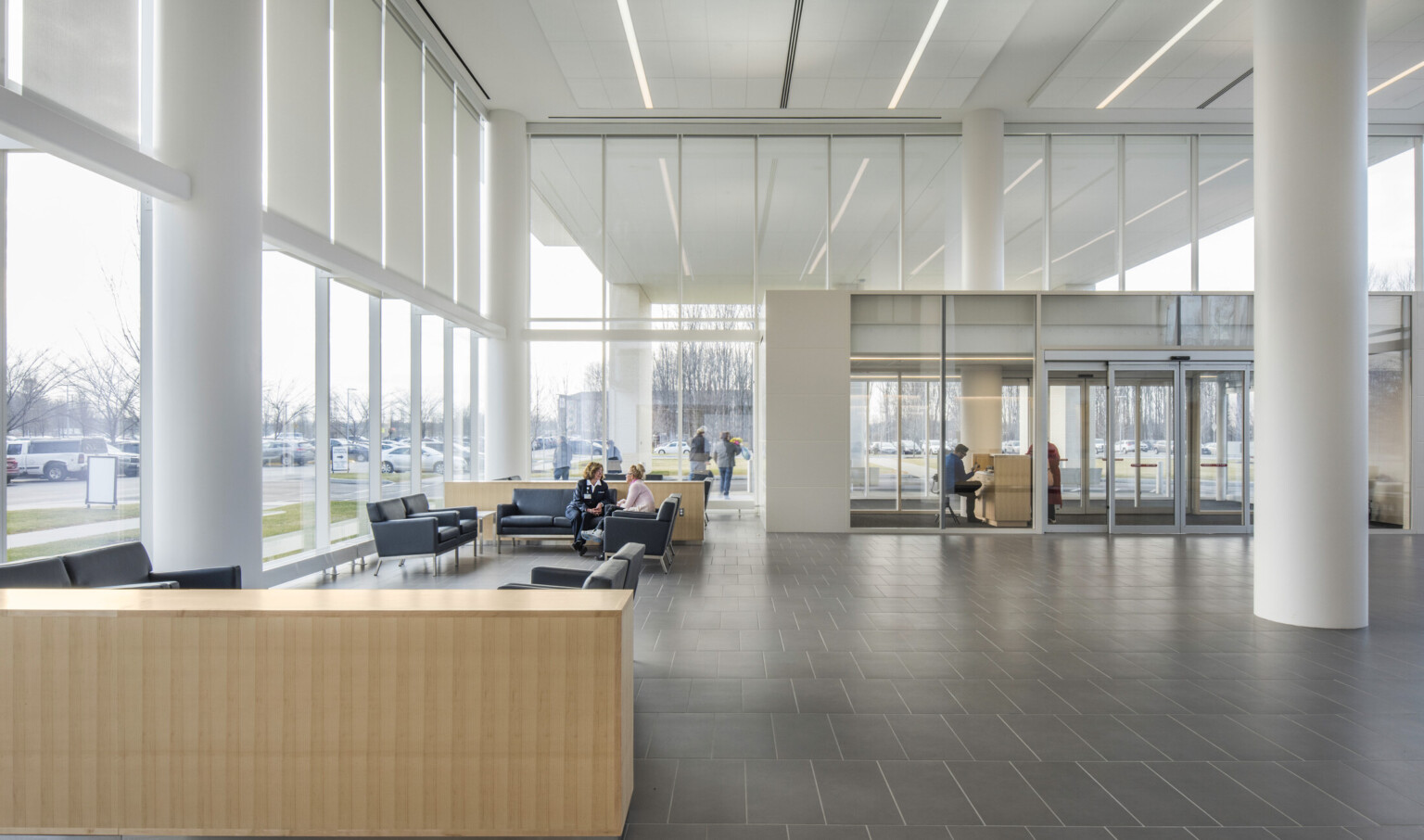
Utilize Patient Advocacy Surveys
It can be difficult to fully quantify how and when our designs improve the patient experience. But unless we ask, we’ll never know. What better way to put patients first than to ask them directly for their opinion? With the Avon Bed Tower project, we engaged patients to gain greater insight into what they need in a facility — they are, after all, the reason why the building exists. Using an online questionnaire, we asked a random set of hundreds of patients to assess inpatient unit footwall renderings and furnishings. When combined with scientific evidence, the results of these patient advocacy surveys enabled us to refine our design goals and focus on creating spaces that ultimately improve the patient experience.
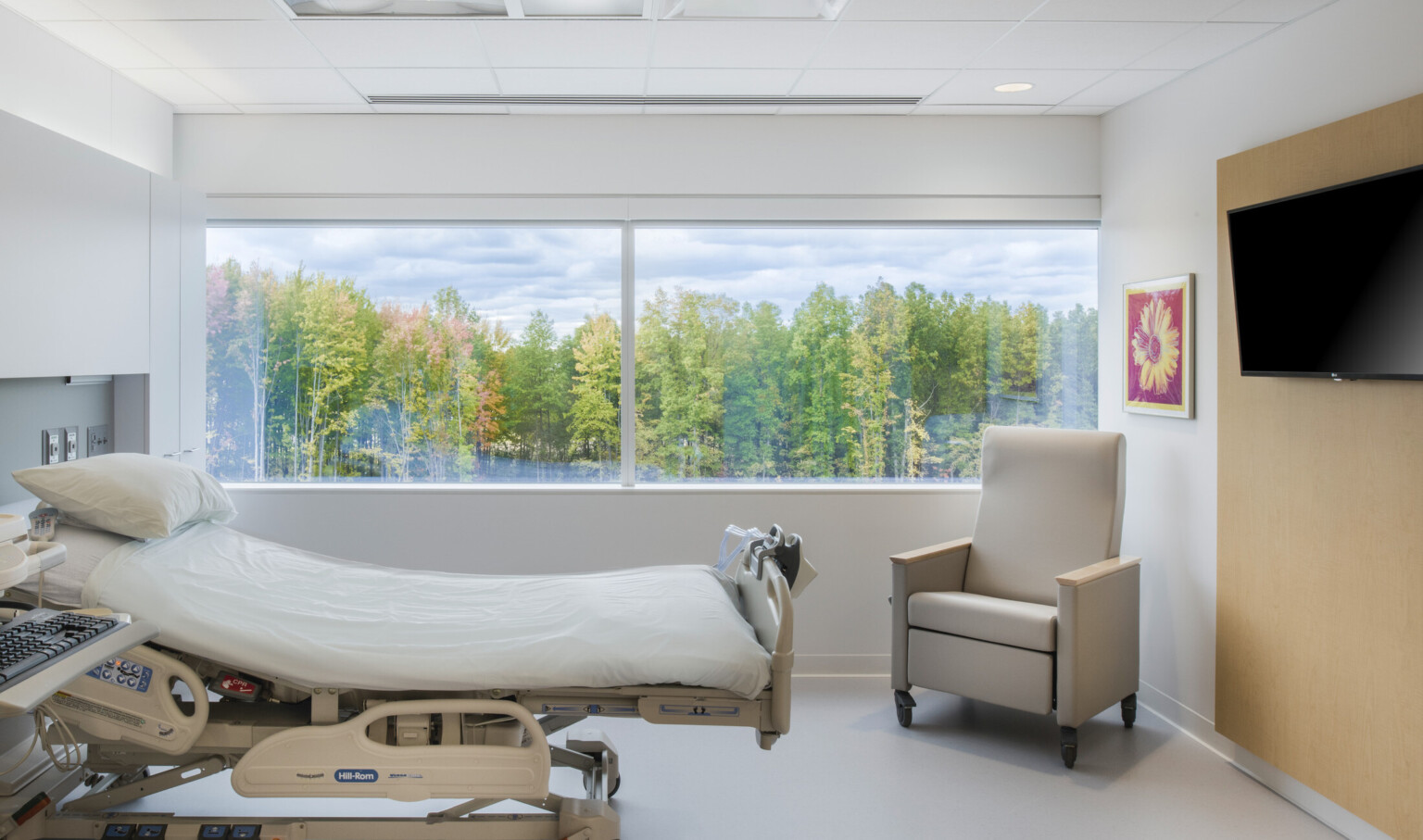
Conduct Post-Occupancy Evaluations
When we completed the Avon Bed Tower in 2016, we knew we weren’t done gaining insight from the project. Working with the Cleveland Clinic, we created self-report questionnaires we could administer to patients and providers as a way to conduct a post-occupancy evaluation and see the true impact of our design. Preliminary results from these anecdotal reports are very positive:
- Providers reported they were able to deliver enhanced levels of service thanks to the standardization and access in the updated patient room design.
- Patients noted improvements in “quiet at night,” per Press Ganey.
- Medical staff engaged more collaboratively as a result of interdisciplinary work stations.
- Patients and providers alike expressed enjoyment of the views and natural light in the new building.
Whether you’re a hospital administrator or a healthcare designer, when considering your next project, it’s important to ask yourself whether what you end up with will be a repeat of the past or an improvement that looks towards the future. Our experience working on the Avon Bed Tower has shown that hospitals of the future should not only respond to but anticipate the needs of patients and providers. Evidence-based design allows us to better understand these needs, resulting in facilities that save money, improve patient outcomes, and enrich lives.








